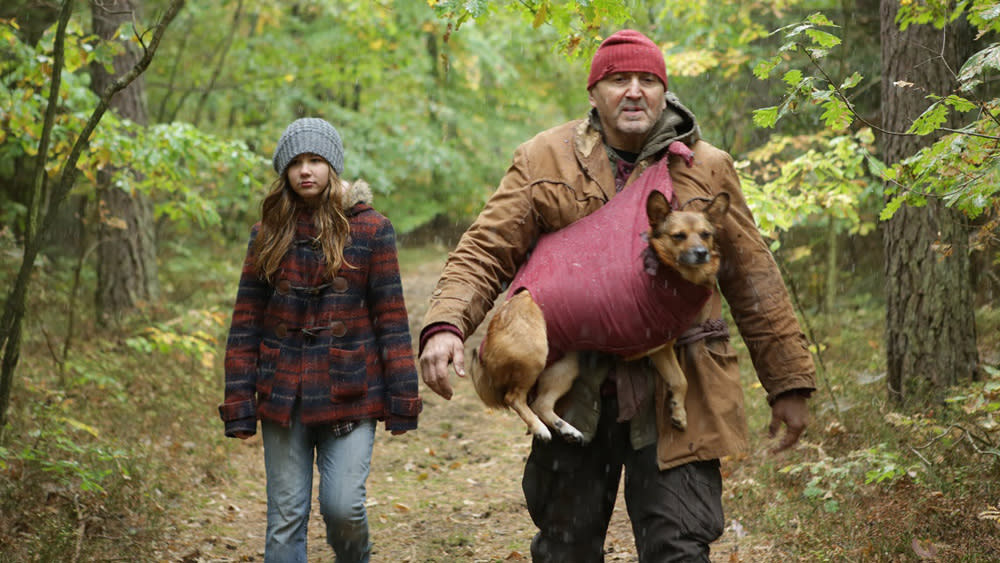Strength of Polish Cinema Reflected at Camerimage Film Festival

BYDGOSZCZ, Poland — The 2016 crop of Polish features is one of the most robust in years, say industryites and critics, something confirmed by the international interest in several of the eight films competing in the local section of Poland’s Camerimage film festival.
“Last Family,” a directorial debut from Jan Matuszynski chronicling the real-life story of a seemingly doomed clan of pre-1989 Polish media stars who surf the waters of a fledgling democracy from their cramped, concrete tower apartment, is one of the country’s hottest HBO Europe properties currently.
Its chillingly accurate scene design, painstakingly true to life behind the Iron Curtain in the ‘80s and ‘90s in every detail, provides a setting that makes the chronicle of the Beksinski family feel almost hyper-realistic.
Cinematographer Kacper Fertacz says the film’s unique visual ethos was no accident.
“In ‘Last Family’ we wanted to reduce film language to a minimum — every scene is shot in a single take. Edits happen only if there is a time gap between them — the same as if you shoot a documentary with one camera.”
The approach demanded much from the cast and crew, who had to deliver precision timing while moving in and out of frame, often muttering bizarre observations or alternatively battling or comforting each other. As Fertacz puts it, “Things are happening in front of lens and if you want to move the camera you’re losing some of them.”
But the constraint felt true to the constricted lives of the characters, says the DP. “We did it because we wanted to be as realistic and as private with our characters as possible; any classic film cheating in terms of editing, film lighting or camera movement could ruin this intimacy.”
Another feature in the Polish films section, “Forest, 4am,” has earned attention for its evocative setting and ensemble cast, who live out the interplay of grief and salvation in a wooded world that’s seemingly turned its back on civilization – though not, certainly, on vengeance.
Cinematographer Jan Jakub Kolski, who also directed, says his feat of multi-tasking was not something he planned.
“Being a director and DP at the same time is definitely far more difficult than working only with actors and key members of the team,” he says. “But in the case of this film I had no choice.”
The die was cast, he says, as often happens in indie film, “because of a really low budget.”
That said, “Forest, 4am” hardly seems like a last-ditch save, with breathtaking sylvan imagery and a setting that seems transformative for its broken-hearted characters.
“For the visual style of the film,” says Kolski, “I never assume it before entering the set. The style is a consequence of being in the center of a very special sphere, which consists of many things: characters, scents, trees, animals and many other things.”
The clues to creating the looks are all around, he says, “if you are not blind and deaf — and the style becomes ‘itself.’”
Another Polish film that has set itself apart, style-wise, is Tomasz Wasilewski’s “United States of Love,” lensed by Oleg Mutu, who created a world for four women characters experiencing the first days of political freedom in 1990 who are determined to transmute it into personal freedom.
A host of films from Central and Eastern Europe are turning to the ‘90s and earlier these days, but this account, which generated buzz at the Berlinale, is one that mutes the colors and moods of the era to achieve an otherworldly feel.
Overall, says Warsaw-based producer Irena Strzalkowska of Tor Film Production, Polish films this year have better prospects for exporting than has been the case in recent memory.
Related stories
Confessions of a 'Vampire Documentalist' Roaming New York's Subways
'Westworld' DP Paul Cameron: A Camera Is Just Another Film Stock
Dante Spinotti on Technology, New Workflow, Directors' Personalities
Get more from Variety and Variety411: Follow us on Twitter, Facebook, Newsletter
